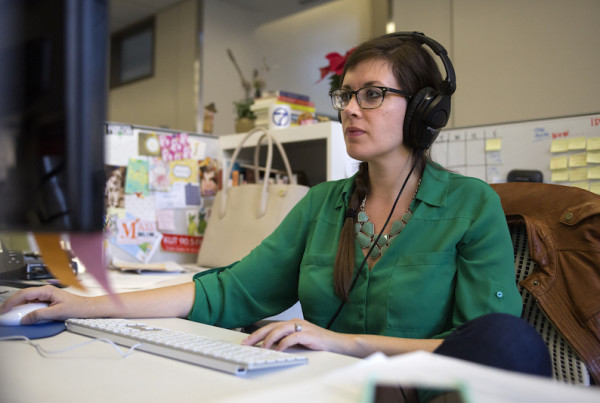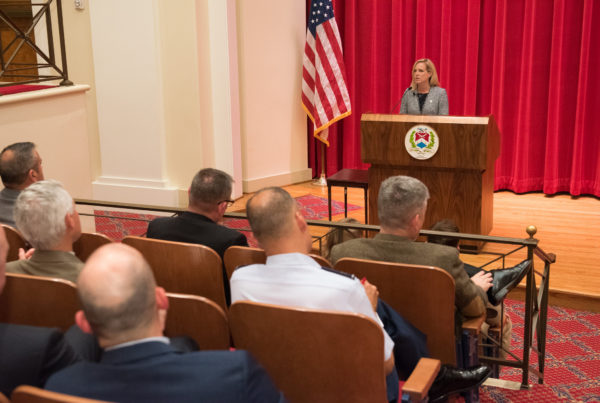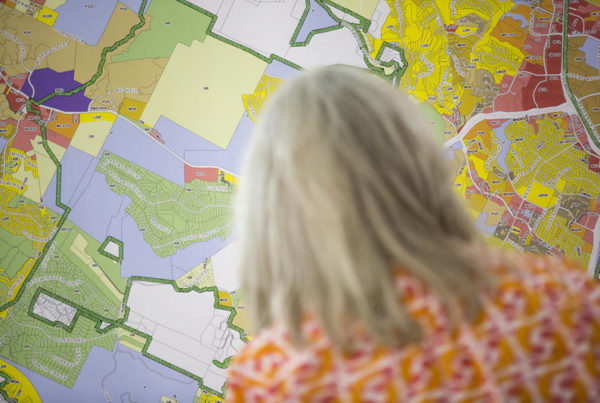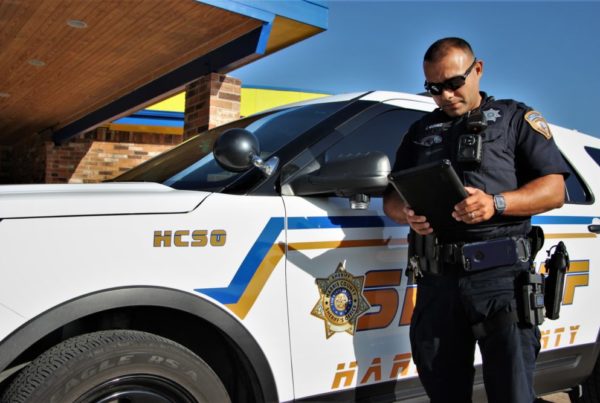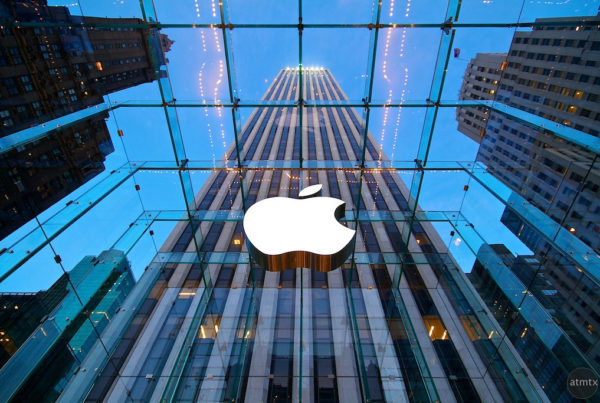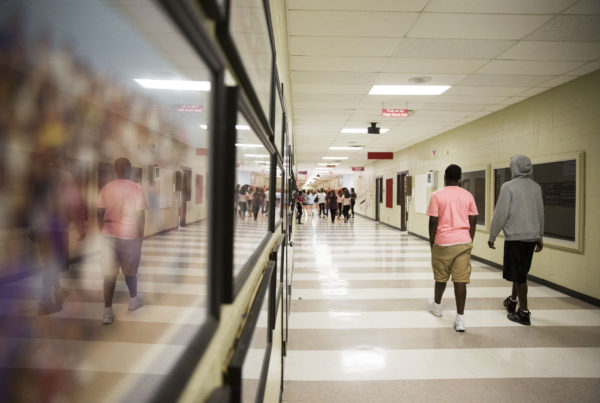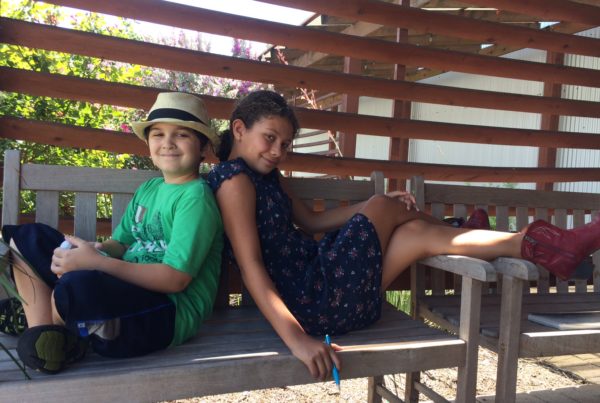The one-year anniversary of what Time magazine has dubbed the “first social media storm” – Hurricane Harvey – is almost upon us. Before, during and after the storm, Texans used social media to document their experiences, summon help and search for loved ones.
Now, a group at Rice University is working on the Harvey Memories Project. Their aim is to collect and archive those social media snippets, to help tell the story of the storm through the eyes of everyday people.
“The Harvey Memories Project is a community-driven, online archive of digital artifacts and stories about Hurricane Harvey and its aftermath,” says Caleb McDaniel, an associate professor of history at Rice, and a collaborator on the project.
“So our goal is to collect, share, and most importantly to preserve memories of the storm. Anyone who has those memories is welcome to come to our site and contribute their own items to the project.”
One year on, McDaniel says, “many of us probably still have photographs and recordings and stories on our phones or social media timelines taken during the storm. I think future historians will probably look back on this hurricane not only as one of the worst natural disasters in our history but also as one of the most digitally documented storms in our history, and so we’re interested in anything that community members might have documenting their experiences of Hurricane Harvey.”
So far the collection has gathered “have everything from screenshots of emergency notifications that came in on smartphones to photographs and short videos that were taken very often on people’s phones, and even some poems and works of art inspired by the storm.”
The archive is taking the form of a website, where people can both upload items and explore what others have added.
Once these items are collected, the project is also committed to properly maintaining the archive.
“Behind the scenes, on the backend of that website, we have library professionals who are working to make sure that all of these items will be preserved at Fondren Library at Rice University,” McDaniel says. “You know, I think one of the most devastating experiences that many people had during the storm itself was losing old family photos or, you know, items that helped preserve the heritage of particular communities. And it’s tempting to think that once you get something in the digital format that it’s not vulnerable to that kind of loss, but as time passes, you know, hardware changes and we have to have librarians who can make sure that image files and stories are preserved over the long term even as digital media changes.”
He adds “we don’t want to assume that because something is on Facebook or on a smartphone or on Twitter that it will necessarily be there a year from now or five years from now. So that’s why we’re encouraging people to contribute their items directly to our project and describe them there, so that we can make sure they’re preserved.”
While McDaniel says that Harvey has been characterized as “the first social media storm” because of the sheer number of digital artifacts, the project’s work was “inspired in part by a similar project that was started after Hurricanes Katrina and Rita to create a digital media bank about those storms. And in fact at hurricanearchive.org there’s still a repository of around 20,000 items that were collected from people who lived through those disasters. We think that, since then, the ubiquity of smartphones and digital storytelling and podcasting technology has only made the amount of items people collected during the storm even greater, and we want to make sure that those things aren’t lost.”
McDaniel and his colleagues at the Harvey Memories Project have goals beyond just preservation of artifacts. “We hope that this project will help us collectively process what we experienced together,” he says. “You know, the storm impacted not only major cities like Houston but also communities all along the Texas Gulf Coast. And we realize that as the anniversary of the storm is approaching, many people will be reflecting back on the events of a year ago, and maybe wanting to share their story and their perspective on what happened, and make sure that their experience is heard. So our hope is that it will help us as a community process and recover even as it also records what happened for future generations.”
Written by Rachel Taube.




